Routine car maintenance, like an oil change, is easy to carry out and should be performed every 10,000 kilometres on average. It consists of replacing the old oil with new oil, which is required to lubricate the engine. This mileage is reflective and varies depending on petrol or diesel engine, but doing this routine maintenance will not be an easy task if you are committing the 5 mistakes below.
1. A leaning car
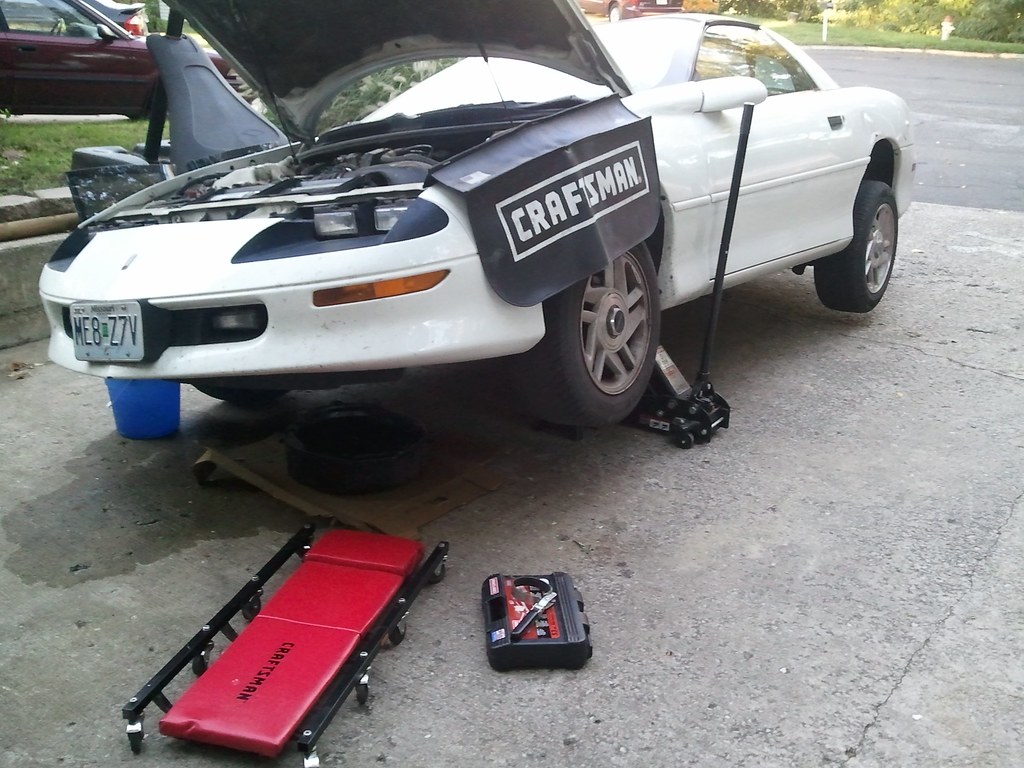
To ensure that all the oil in the tank (sump) flows out, the vehicle must be flat and horizontal. Contrary to common opinion, when the motor is cold, the oil should never be drained. The oil becomes viscous when cold, and may stagnate more in the crankcase rather than flow out. Contrary to common opinion, when the motor is cold, the oil should never be drained. The oil becomes viscous when cold, and may stagnate more in the crankcase rather than flow out.
It is crucial to change the filters regularly to ensure the correct removal of impurities from the air, oil and fuel. Otherwise, there is a risk that the engine will:
– clogging;
– Deteriorate;
– reduce its performance;
– increase in fuel consumption.
Caution: the law prohibits the practice of mechanics on public roads.
2. Forgetting your tools
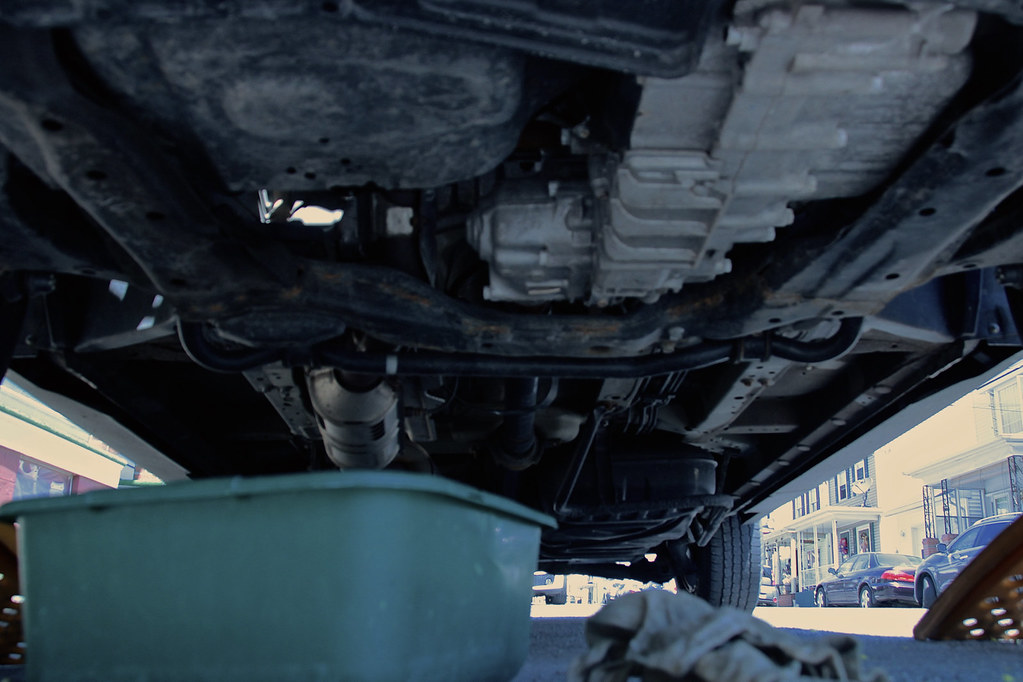
There’s nothing more annoying than being under the vehicle with oil leaking out and realizing that you’re missing a tool or accessory. Here’s a checklist of everything you need to have in hand before you start work:
– the key required to unscrew the drain plug under the car;
– the product that will come out as a spray if the cap resists;
– a stock of cloths;
– a drain pan placed on a cardboard box;
– a new gasket for the plug.
Good to know: the oil is drained when the oil level is at the upper mark on the dipstick.
3. The engine is too hot or cold
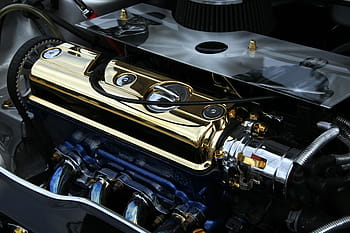
Contrary to common opinion, when the motor is cold, the oil should never be drained. The oil becomes viscous when cold, and may stagnate more in the crankcase rather than flow out. When hot, the risk of burning is real, and the oil is still present at the top of the engine. In both cases, the oil change would be incomplete.
The oil has 5 functions; it allows:
– a reduction of friction, which improves the engine’s efficiency;
– protection of the mechanical parts against wear and corrosion;
– the evacuation of impurities thanks to the oil filter and the oil change;
– a reinforced seal that ensures an optimal compression ratio for more engine power;
– heat dissipation to prevent deformation of parts.
Good to know: Engine is hot, so count half an hour after stopping to start. You should be able to touch the metal parts underneath the engine without getting burned.
4. Forget to oil the cap
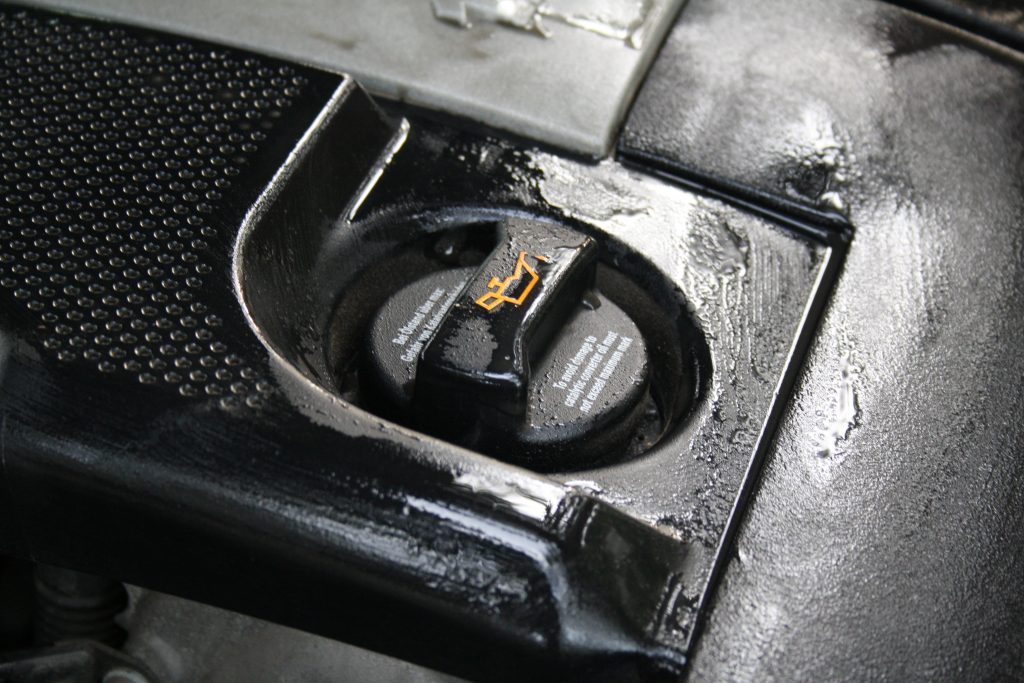
Draining is essential for two reasons:
– the lubricant is loaded with internal and external contamination particles (wear metal particles);
– the oil degrades.
Before refitting the plug and tightening it, the thread must always be coated with engine oil. A cloth soaked in oil will do the job perfectly. This simple precaution will significantly facilitate subsequent dismantling since the plug will not be able to jam.
Lubricating the engine requires a suitable oil, there are three categories, depending on the model of the vehicle:
– semi-synthetic oil;
– 100% synthetic oil;
– mineral oil.
Good to know: once the oil has been changed, make sure there are no leaks under the car.
5. Dispose of the oil in the wild
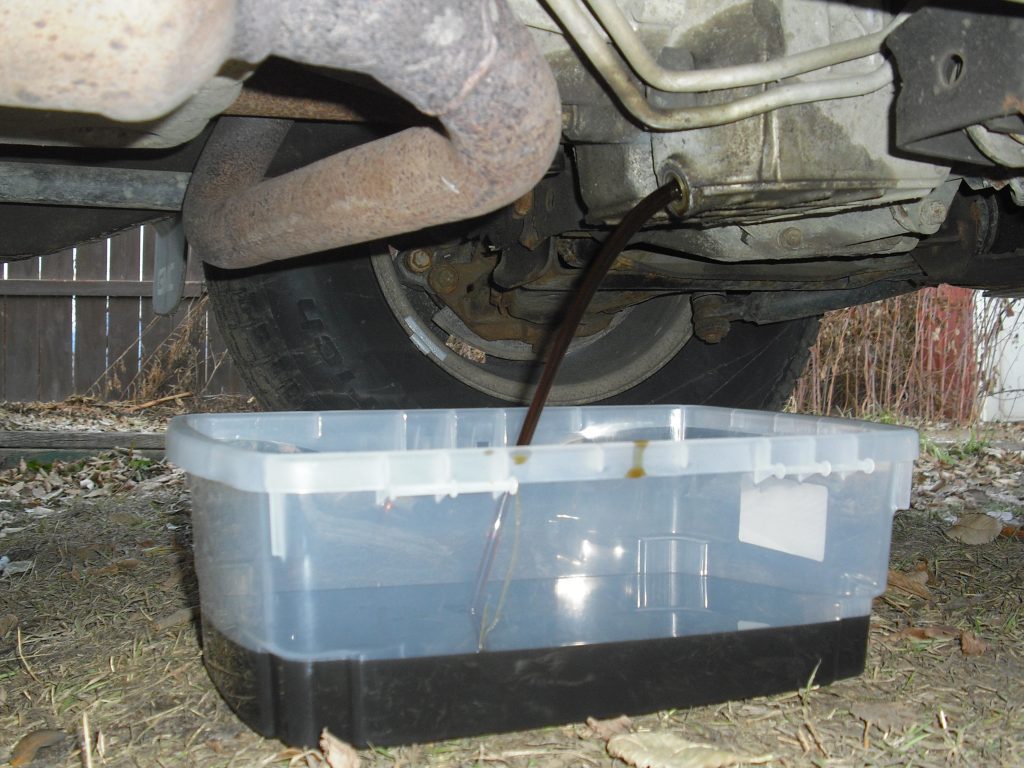
Used oil contains hydrocarbons that are extremely toxic and threatening to both health and the environment.
Tip: avoid plastic gloves; they could melt on your hands if the oil is hotter than expected. It is best to use old DIY gloves.
It is considered that 5 litres of used oil pollute several hundred litres of water. It is therefore strictly forbidden to pour dirty oil down the sink or the drain or to put the can in the garbage. Waste disposal sites are obliged to accept used oil. Car centres, garages and service stations are also required to accept used oil.
Warning: any offender is liable to a fine according to the Environmental Code.
Good to know: used oil can revive tarnished exterior plastics. When applied with a brush to old bumpers, it works wonders.
Want some help?
Changing the oil yourself is economical and easy to do. European sedans are undoubtedly beautiful, but if you’re not sure doing the oil change yourself, then why take the risk? To make life easier for you, check out Jobson Electronics for European car repairs. Among the services that may be of interest, you will find the following:
– European Car Specialist,
– European Car Service,
– Full Car Servicing,
– Car Repairs,
– Auto Mechanic,
– European Auto Repair Shop,
– Car Audio,
– Electronic Air Suspension,
– Starter Motors and Alternators,
– Electronic Modules and Components.
Don’t forget to leave us your comments if you want more information.

3 comments
[…] – 5 Mistakes to Avoid When Changing Engine Oil […]
[…] 5 Mistakes to Avoid When Changing Engine Oil […]
[…] 5 Mistakes to Avoid When Changing Engine Oil; […]